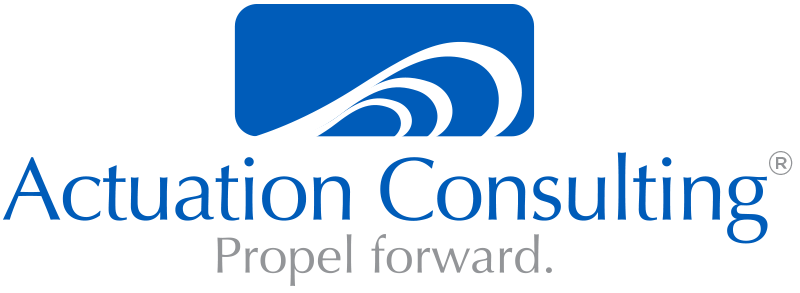The Chronicles of an Enterprise Agile Transformation (Part Five)
At this point during the presentation, time ran out. Our goal of communicating the bridge between the current product development methodology and this new Agile methodology had seemed to go over well. Essentially, the leadership team “got it” and agreed on the following next steps to help sustain the ongoing process change:
- Everyone in the organization was to use the new Agile lingo – especially senior leadership
- An external coach was to be brought in to work with the executive investment committee
- Examples were to be showcased as internal best practices
- An Agile Guidance Committee was to be created made up of cross-functional Agile subject matter experts. This committee would guide project teams during the transformation process. They would be experts from teams who are at the “competent/advanced scrum maturity” level and they would shadow newer teams – in addition to the external coaching.
- ‘Go-to’ functional experts would be identified in each functional area – Technology (Dev/QA), PMO, Product Owner ,etc.
- Senior leadership would engage in project reveals
- Senior leadership would participate in retrospective meetings
- Standardized Agile metrics were to be introduced (e.g. velocity, burn-downs) in leadership reviews such as steering committees
- Reward were to be introduced for the (gold, silver, bronze) for the biggest leaps in Agile maturity
However, the leadership team questioned the level of detail that was presented and were concerned that the presentation was too high-level for product team members. Specifically, they didn’t think there was enough detail describing the differences between the old and new methodologies.
In addition, questions were raised regarding governance, phase gates, definition of success, project management’s approach, and further Agile enforcement. The team agreed to answer these questions as next steps and present the phases in more detail in future leadership meetings. It was extremely important that the leadership team stayed engaged and understood all the material being used to communicate with product team members – and it was refreshing that the leadership team recognized this point – they had to stay engaged!
The topic/question of “what’s the role of the project / program manager in all of this” did get raised several times during the discussion. Leadership decided that they wanted me to present in the next meeting (two weeks) regarding this topic. They felt that it was critical that this key leadership role within the organization was completely understood and clarified, and the role was not minimized as we transitioned to Agile development.
You can see my answer to their question at: http://www.planbox.com/blog/news/updates/let%E2%80%99s-end-the-debate-scrum-master-versus-project-manager-part-1-of-3.html
Or see an article I posted on the subject at http://www.projecttimes.com/articles/lets-end-the-debate-over-scrum-master-versus-project-manager.html
Next post – I’ll provide more detail on the gap between the Agile methodology and the current product development methodology being deployed. Stay tuned!

